Gin may still be a modest category in the Americas, but it’s premiumizing fast and should be on the radar of duty free buyers, writes Joe Bates
Gin is steadily resuming its growth curve in the Americas duty-free market following the disruption caused by the COVID-19 pandemic over the past two years. The category is still small compared to other white spirits in volume terms but gin is premiumizing, fueled by increasing interest from American consumers and European travelers returning to the region following the pandemic.
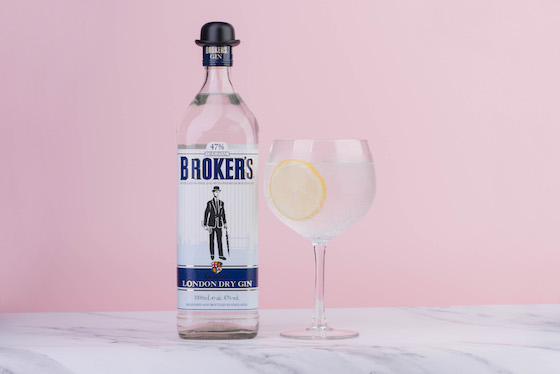 Like every other spirits category, gin was not immune to the effects of COVID. Duty-free volumes of gin in the Americas plummeted 77.5% in 2020, according to the IWSR Drinks Market Analysis, before recovering 21% to nearly 75,000 cases last year as international travel in the region restarted. The outlook for the future looks a lot brighter, however, with the IWSR forecasting gin will grow at a healthy CAGR of 31% over the next four years.
Like every other spirits category, gin was not immune to the effects of COVID. Duty-free volumes of gin in the Americas plummeted 77.5% in 2020, according to the IWSR Drinks Market Analysis, before recovering 21% to nearly 75,000 cases last year as international travel in the region restarted. The outlook for the future looks a lot brighter, however, with the IWSR forecasting gin will grow at a healthy CAGR of 31% over the next four years.
Certainly, Barry Geoghegan, founder of duty-free drinks distributor of Duty Free Global, whose gin portfolio includes the English craft gin Silent Pool; Broker’s, an English gin owned by McCormick Distilling, and Irish brand Drumshanbo Gunpowder Irish Gin, takes an upbeat view of the category’s prospects. “We have seen a real interest from US operators for a diverse mix of gins in their assortment. We are in the early stages but cruise retail and airport stores are the channels showing the most interest.
“DFS [Group] have been a strong supporter and are seeing the potential in growing their gin category, in particular on the East and West coasts of America with international flights.”
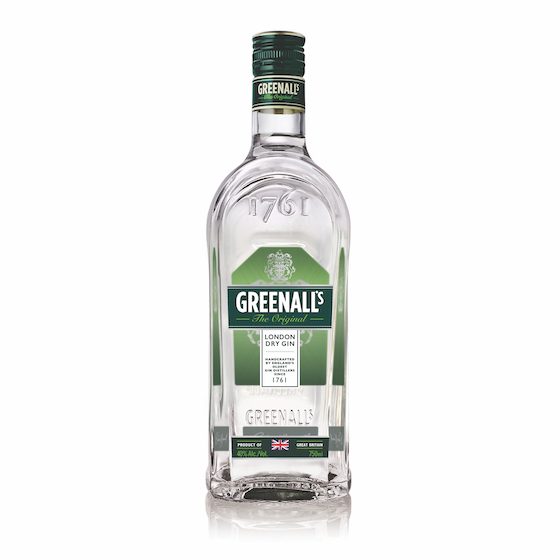 In contrast, Robert de Monchy, managing director of Monarq Group, another leading duty-free drinks distributor focused on the Americas, takes a slightly more cautious view of gin’s regional growth potential. “Gin has performed very well this year and last. However, we see some signs of saturation and a slowdown of the category recently.”
In contrast, Robert de Monchy, managing director of Monarq Group, another leading duty-free drinks distributor focused on the Americas, takes a slightly more cautious view of gin’s regional growth potential. “Gin has performed very well this year and last. However, we see some signs of saturation and a slowdown of the category recently.”
Monarq’s eclectic gin portfolio includes well-known brands such as Greenall’s, Bloom and Opihr from Quintessential Brands, Pernod Ricard’s Italian gin Malfy and Zamora’s Martin Miller’s, but also more exotic gins from Vietnam (Saigon Baigur) and Japan (The Hakuto). “Gins from the world have certainly become somewhat of a trend on the premium side of the category,” he explains.
Like Geoghegan, de Monchy believes the cruise channel has particular promise for gin, but is less optimistic about airlines. “We have not listed our gins on board the airlines due to slow demand and [their] focus on two or three of the staple brands,” he explains. “The airline business has become much smaller and less relevant these days.”
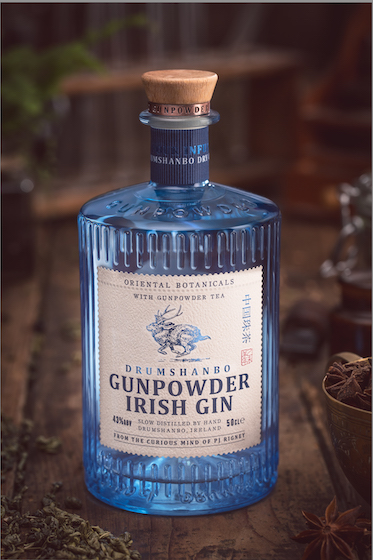 Scott Halpern, president of International Shoppes, which operates stores at six US airports, including New York JFK, Washington Dulles and George Bush Intercontinental, take a more bullish view. “For sure, gin has got potential,” he confirms. The gin category had been growing steadily before COVID, he recalls, the duty-free retailer’s offer including big multinational-owned brands such as Tanqueray and Beefeater, but also local US craft gins such as Brooklyn Gin, Bootlegger 21 New York Gin and Bluecoat Gin, a barrel-aged gin from Philadelphia Distilling.
Scott Halpern, president of International Shoppes, which operates stores at six US airports, including New York JFK, Washington Dulles and George Bush Intercontinental, take a more bullish view. “For sure, gin has got potential,” he confirms. The gin category had been growing steadily before COVID, he recalls, the duty-free retailer’s offer including big multinational-owned brands such as Tanqueray and Beefeater, but also local US craft gins such as Brooklyn Gin, Bootlegger 21 New York Gin and Bluecoat Gin, a barrel-aged gin from Philadelphia Distilling.
“In the two-three years before COVID we also saw Hendrick’s coming through, attracting a younger crowd,” Halpern says. “It brought great attention to the category. [Drumshanbo] Gunpowder Gin, which we were also carrying, really blew my mind as to how well it was received by the consumers…Then COVID happened, so there was a reset.”
As international travel has restarted, so gin has recovered to its 2019 presence in-store. “We are at the highest point in the history of our company in terms of gin allocation,” he reveals. “Companies are putting out better products which is pushing the envelope on price points. Are we there with $200 gins like the tequila industry?… I don’t think we are there quite yet, but we are pushing the envelope more than we have been historically and consumers are gravitating toward higher price points.”
As to the question of who is buying gin, Halpern says it is primarily Europeans and Americans. “You tend to see South American consumers go for whiskies and Cognacs and Asians are not tops for us either on gin,” he explains.
Carlos Calvo, the liquor buyer at Panama-based travel retailer Motta Internacional, whose Attenza Duty Free store chain boasts over 40 locations at airports and border stores in Panama, Ecuador, Nicaragua, El Salvador and Colombia, confirms Halpern’s view that gin is currently a more difficult sell in Latin America.
“Although it has grown impressively in the past few years, gin is still a relatively small category,” Calvo explains. “I would say it has reached a ceiling, but it is here to stay. We have a mixed assortment– all the famous brands and a few up-and-coming ones.
“Hendrick’s is by far our bestseller and the brand that put the category on the map,” he adds. “With this, other traditional brands also went up in sales like Bombay [Sapphire] and Tanqueray. We are constantly trying new gins and flavors. It all depends on what’s available.”
 One gin brand comparatively new to duty free which does see potential in Latin America is Brockmans, an independent, super-premium British brand containing non-traditional botanicals like blueberries and blackberries, which sells over 1 million bottles a year in 55 countries worldwide. The brand has made its entry into the travel retail market this year and has hired ex-Stoli drinks veteran Jean-Paul Aucher as its travel retail consultant.
One gin brand comparatively new to duty free which does see potential in Latin America is Brockmans, an independent, super-premium British brand containing non-traditional botanicals like blueberries and blackberries, which sells over 1 million bottles a year in 55 countries worldwide. The brand has made its entry into the travel retail market this year and has hired ex-Stoli drinks veteran Jean-Paul Aucher as its travel retail consultant.
“We are already present in some Brazilian border stores where the potential to grow is high,” Aucher explains. “We are also currently finalizing key travel retail partnerships to cover Central America and the Caribbean markets. In North America, thanks to Brockmans’ strong position in Canada, especially in Quebec Province, there are also opportunities.”
As Aucher suggests, in Canada gin is growing strongly in the domestic market with the category forecast to grow at CAGR of nearly 14% over the next three years, according to Statista. In fact, gin’s growing appeal in the country led British Colombia’s Victoria International airport in partnership with local craft distiller Victoria Distillers to open North America’s first airport gin distillery last September. The outlet blends, bottles and labels around 55 bottles a day and travelers can have their bottles personalized before purchase.
Victoria Distillers at YYJ, which won the 2022 Best New Retail Concept Award at the ACI-NA Excellence in Airport Concessions Awards, is located in the airport’s expanded departures lounge where it produces the distillery’s flagship indigo-colored Empress 1908 gin. Named after Victoria’s famous Fairmont Empress Hotel, Empress 1908 Gin features traditional gin botanicals but also contains black tea and butterfly pea blossom, which gives the gin both a herbal earthiness and its distinctive indigo color.
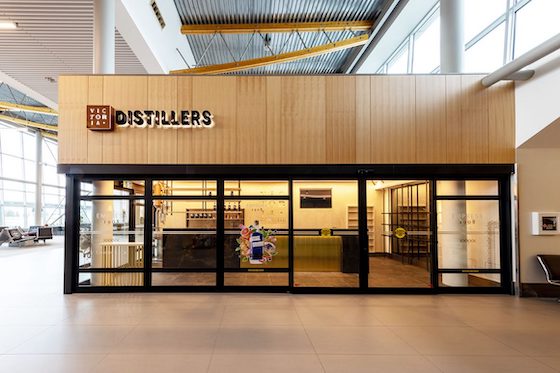
Canada’s Victoria International Airport partnered with local craft distiller Victoria Distillers to open North America’s first airport gin distillery last September.
As we have seen, many suppliers agree that the cruise channel offers lots of potential for gin brands in the Americas. For instance, English craft gin Silent Pool has picked up four listings with cruise lines over the summer. “We have approached this with a strong marketing plan that includes masterclasses, retail activations and gifting solutions,” explains global sales director Adam Dobson. “I would say this is the toughest channel for small brands to get traction in as you need to appeal to a broad base of passengers and have some global awareness – operators are looking to bring brands in that can easily be expanded across the portfolio of ships.”
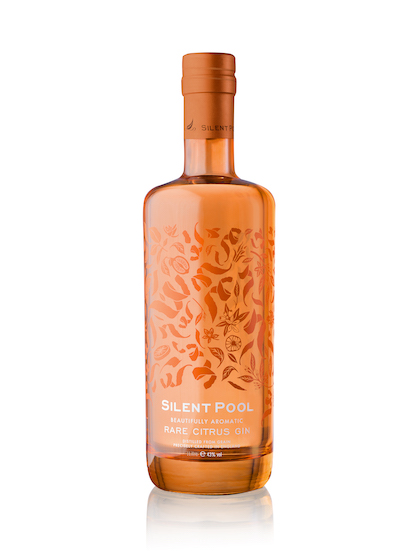 Diageo-owned Aviation Gin, co-owned by Hollywood film star Ryan Reynolds, is also targeting the cruise sector, partnering with Virgin Group founder Richard Branson last year to list Aviation Gin onboard Virgin Voyages, Virgin’s new cruise line aimed at adults only. Virgin Voyages boasts two 2,700-passenger ships — Scarlet Lady, sailing in the Caribbean, and Valiant Lady, which plies the Mediterranean (two more vessels, Resilient Lady and Brilliant Lady, are set to enter service next year).
Diageo-owned Aviation Gin, co-owned by Hollywood film star Ryan Reynolds, is also targeting the cruise sector, partnering with Virgin Group founder Richard Branson last year to list Aviation Gin onboard Virgin Voyages, Virgin’s new cruise line aimed at adults only. Virgin Voyages boasts two 2,700-passenger ships — Scarlet Lady, sailing in the Caribbean, and Valiant Lady, which plies the Mediterranean (two more vessels, Resilient Lady and Brilliant Lady, are set to enter service next year).
Guests on Virgin Voyages’ cruises can purchase a bar tab which allows them to choose from a range of Aviation Gin-based cocktails on the ship’s many bars, several of which have been developed by renowned mixologists like Charles Joly and Julia Momose.
NPD in the gin category all but ground to a halt during the pandemic, but now international travel is recovering there are some new releases in the pipeline. One major launch for buyers in the Americas to watch out for in Q4 of 2022 is Bombay Sunset, which Bacardi Global Travel Retail will unveil at the TFWA World Exhibition this October. Bombay Sapphire remains the top-selling gin in GTR globally with sales by value growing 45% last year.
The limited edition Bombay Sapphire Sunset features three new, sustainably sourced botanicals: golden turmeric, Indian white cardamom and Spanish mandarin. “Bombay Sapphire Sunset balances the spices of the cardamom and turmeric together with bittersweet sun-dried Spanish mandarin, delivering aromatic spice and warmth, just like those last rays of sunshine at the end of the day,” explains Bombay Sapphire master of botanicals Ivano Tonutti.
 Meanwhile, back in the US, International Shoppes’ Halpern says he is looking forward to the imminent release in his stores of Tanqueray 0.0, an alcohol-free version of Tanqueray Gin, which Diageo launched in Europe last year. It will be the first non-alcoholic spirit the retailer has listed and he says he is excited about the potential of the non-alcoholic category given its growth in Europe.
Meanwhile, back in the US, International Shoppes’ Halpern says he is looking forward to the imminent release in his stores of Tanqueray 0.0, an alcohol-free version of Tanqueray Gin, which Diageo launched in Europe last year. It will be the first non-alcoholic spirit the retailer has listed and he says he is excited about the potential of the non-alcoholic category given its growth in Europe.
To wrap up, gin in the Americas duty-free market is a still small category. However, growing appreciation of premium craft gins in the US (sales of super-premium gins grew nearly 122% in the US last year, according to the Distilled Spirits Council of the US) and more gin-loving European travelers mean gin should be a category to watch with interest in the years ahead.









